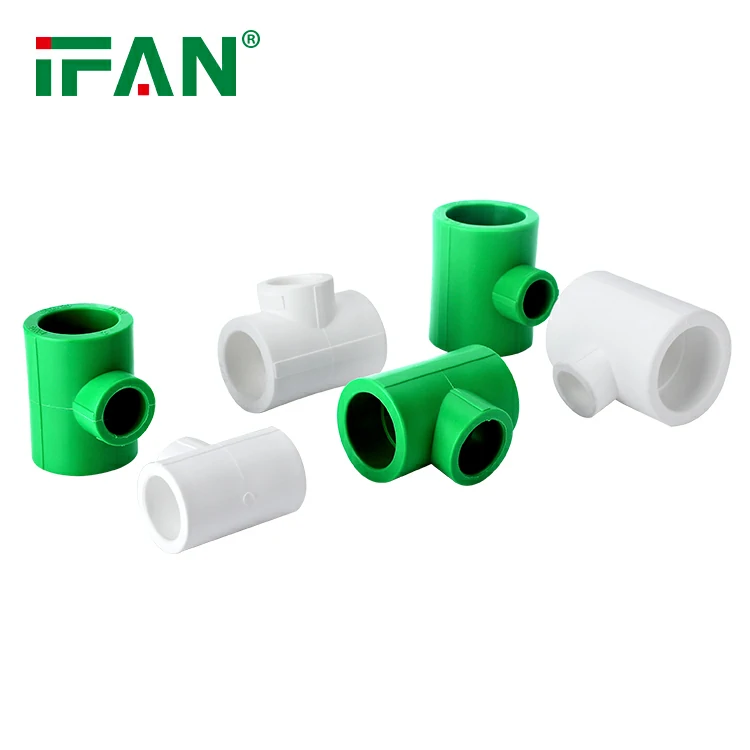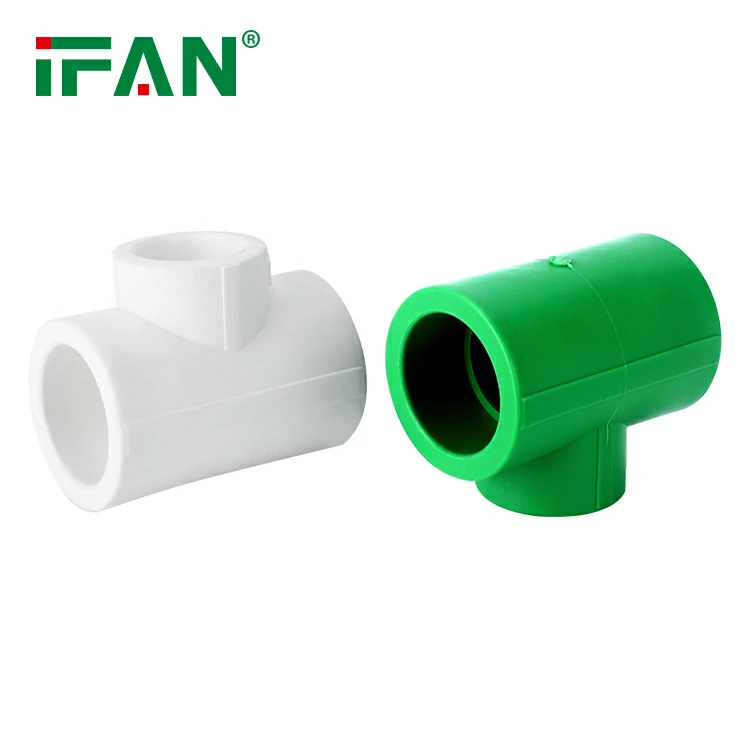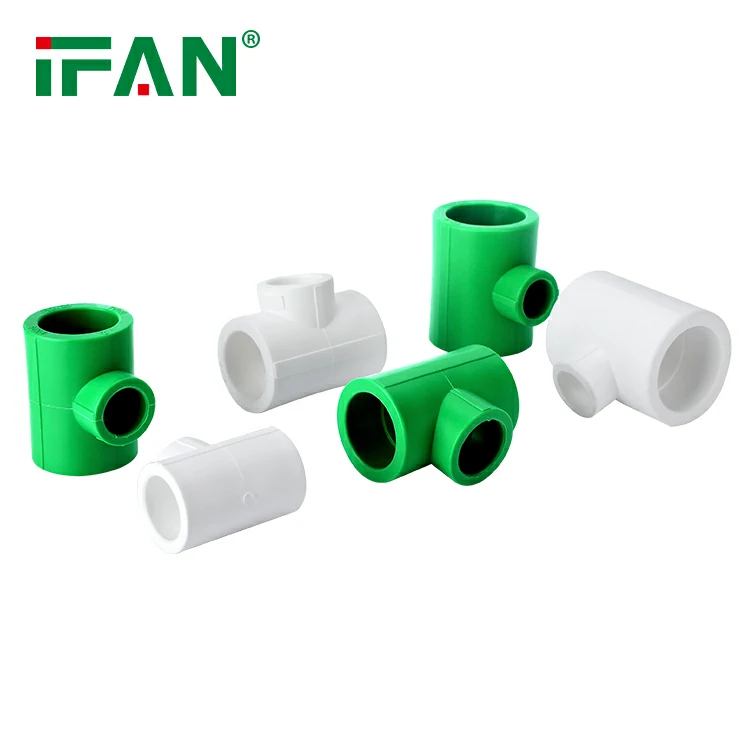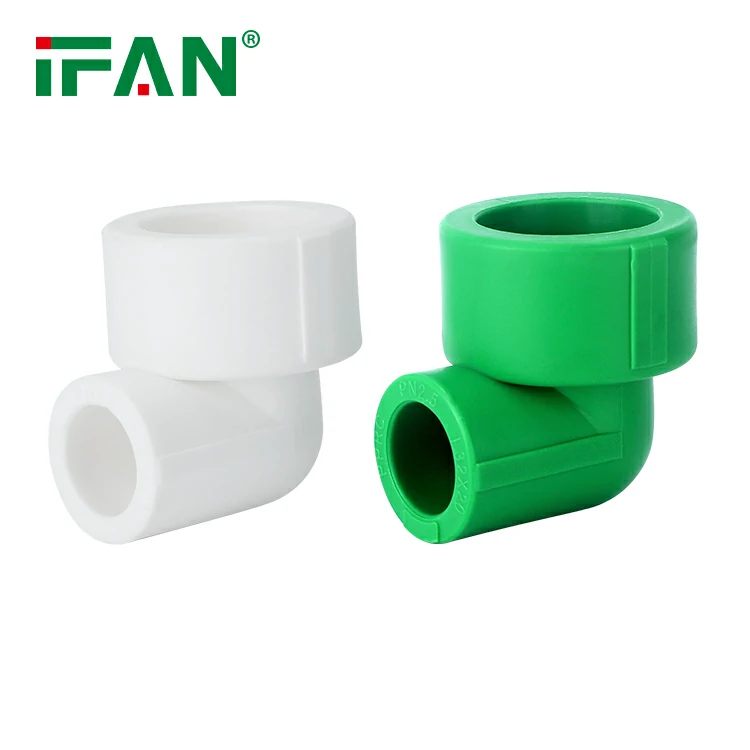IFAN factory 30+ years manufacture experience support color /size customization support free sample.Welcome to consult for catalog and free samples.This is our Facebook Website:www.facebook.com,Click to watch IFAN’s product video.Compared with Tomex products, our IFAN products from quality to price are your best choice, welcome to buy!
When it comes to industrial plumbing systems, choosing the right materials for piping and fittings is crucial for ensuring durability and efficiency. One of the best options for high-temperature applications is CPVC (Chlorinated Polyvinyl Chloride) fittings. Known for their exceptional heat resistance, chemical stability, and cost-effectiveness, CPVC fittings have become a go-to solution in industries such as manufacturing, chemical processing, and water treatment.
In this article, we will explore why CPVC fittings are ideal for high-temperature applications, their benefits, and common concerns associated with their use. We will also answer frequently asked questions to help you make an informed decision.
What are CPVC Fittings?
CPVC (Chlorinated Polyvinyl Chloride) is a thermoplastic material that has been treated with chlorine to improve its heat resistance and overall strength. CPVC fittings are used to connect CPVC pipes in various plumbing systems. Unlike regular PVC, which is best suited for cold water systems, CPVC is designed to handle hot water and high-temperature fluids. These fittings are available in a wide range of sizes, shapes, and configurations to meet the specific needs of industrial and residential systems.
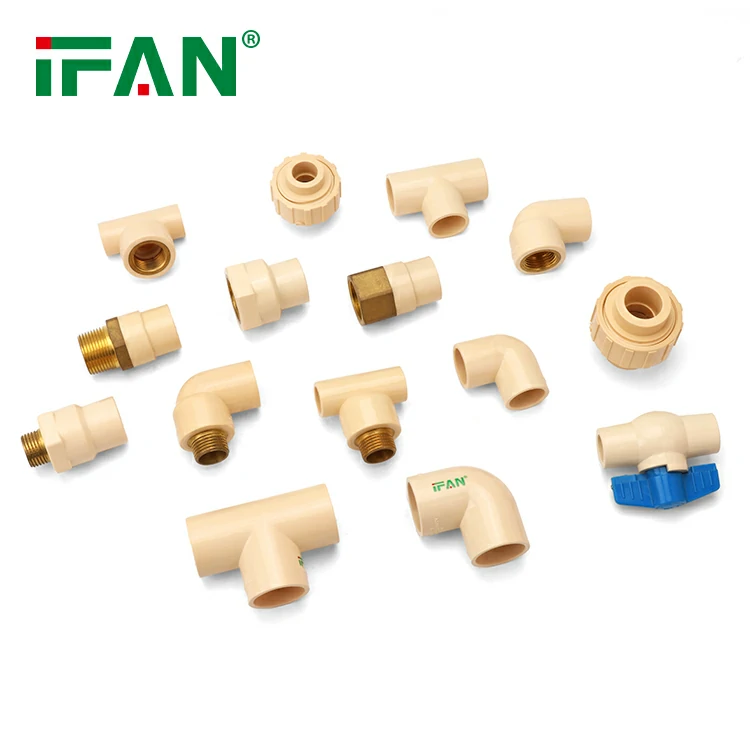
Benefits of CPVC Fittings in High-Temperature Applications
1. Heat Resistance
One of the primary reasons CPVC fittings are ideal for high-temperature applications is their ability to withstand elevated temperatures. CPVC can tolerate water temperatures up to 200°F (93°C) without softening or degrading. This makes it suitable for hot water systems in industries like food processing, chemical manufacturing, and heating systems.
In comparison, traditional PVC pipes and fittings can only handle temperatures up to 140°F (60°C). As a result, CPVC is the preferred choice for applications where the water temperature exceeds the limits of standard PVC materials.
2. Chemical Resistance
In many high-temperature applications, the fluids or water being transported may be chemically aggressive. CPVC fittings are highly resistant to a wide range of chemicals, including acids, alkalis, and salts. This makes them an excellent choice for systems where corrosive substances are involved, such as in the pharmaceutical, petrochemical, and manufacturing industries.
Unlike metal pipes, which can corrode or rust when exposed to chemicals, CPVC maintains its structural integrity and performs reliably over the long term, reducing the risk of leaks and system failures.
3. Durability and Longevity
CPVC fittings are known for their durability and long lifespan. When installed and maintained correctly, CPVC can last for several decades, even in harsh industrial environments. Their resistance to both heat and chemicals ensures that they maintain performance for a long time without the need for frequent repairs or replacements.
This durability makes CPVC fittings a cost-effective option for businesses. Although CPVC fittings may have a higher upfront cost compared to PVC, their long-term performance and reduced maintenance needs often result in significant savings.
4. Ease of Installation
CPVC fittings are lightweight, making them easier to handle and install compared to metal piping systems. This reduces labor costs and installation time. Additionally, CPVC pipes and fittings are typically joined using solvent cement, which creates strong, leak-free connections. The simplicity of the installation process further contributes to CPVC’s popularity in both residential and industrial plumbing systems.
5. Cost-Effectiveness
In addition to their durability, CPVC fittings are also an affordable option. While their cost is higher than standard PVC, it is still considerably lower than many metal alternatives, such as copper or steel. This makes CPVC fittings an attractive choice for businesses looking to save on material costs without compromising on quality or performance.
Common Concerns with CPVC Fittings
Despite their many advantages, CPVC fittings are not without their potential drawbacks. Below are some common concerns that users may have when considering CPVC for high-temperature applications.
1. UV Degradation
One of the main limitations of CPVC fittings is their vulnerability to UV degradation. When exposed to direct sunlight over long periods, CPVC can become brittle and prone to cracking. This is especially important for outdoor installations or applications where CPVC is exposed to natural light.
Solution: To prevent UV degradation, CPVC pipes should be shielded from direct sunlight by painting them with UV-resistant coatings or using covers. In some cases, it may be advisable to bury the CPVC pipes underground to avoid direct sunlight exposure.
2. Expansion and Contraction
Like all thermoplastics, CPVC expands and contracts with changes in temperature. While CPVC can handle higher temperatures, significant temperature fluctuations can lead to the material expanding and contracting, potentially causing stress on joints and fittings. This can result in leaks or failure over time if not properly managed.
Solution: When installing CPVC pipes in systems subject to temperature changes, it is important to account for thermal expansion. Installing expansion joints and leaving adequate space for the pipes to move can help mitigate this issue.
3. Improper Installation
As with any plumbing material, improper installation can lead to significant problems. CPVC fittings must be correctly glued and aligned to ensure that they create a leak-free connection. Using the wrong type of solvent cement or not following the manufacturer’s guidelines can weaken the bond and cause leaks or joint failure.
Solution: Always follow the manufacturer’s instructions during installation, and ensure that the solvent cement is compatible with the CPVC material. Professional installation by a licensed plumber is often recommended to avoid issues down the line.
Frequently Asked Questions (FAQ)
1. How hot can CPVC fittings handle?
CPVC fittings can handle water temperatures up to 200°F (93°C), making them ideal for hot water systems in both residential and industrial applications.
2. Can CPVC be used outdoors?
CPVC fittings can be used outdoors, but they should be protected from prolonged exposure to UV rays. UV degradation can cause CPVC to become brittle and crack over time.
3. How do CPVC fittings compare to PVC fittings?
CPVC fittings are more heat-resistant and durable than PVC fittings, making them suitable for high-temperature applications. PVC is typically limited to cold water systems.
4. Can CPVC fittings be used in chemical processing?
Yes, CPVC fittings are highly resistant to a wide range of chemicals, including acids, bases, and salts, making them an excellent choice for chemical processing applications.
5. What is the lifespan of CPVC fittings?
CPVC fittings can last 50 to 75 years when properly installed and maintained, making them a long-lasting option for industrial plumbing systems.
Conclusion
CPVC fittings are an excellent choice for high-temperature applications due to their heat resistance, chemical stability, and long-lasting durability. Whether you’re working in a manufacturing facility, a chemical plant, or installing a hot water system in a residential building, CPVC fittings offer the reliability and performance you need. By understanding their benefits and potential concerns, you can make an informed decision about whether CPVC is the right material for your plumbing system.
By choosing CPVC fittings for your next project, you can enjoy a cost-effective, reliable, and durable solution that meets the demands of high-temperature applications.

